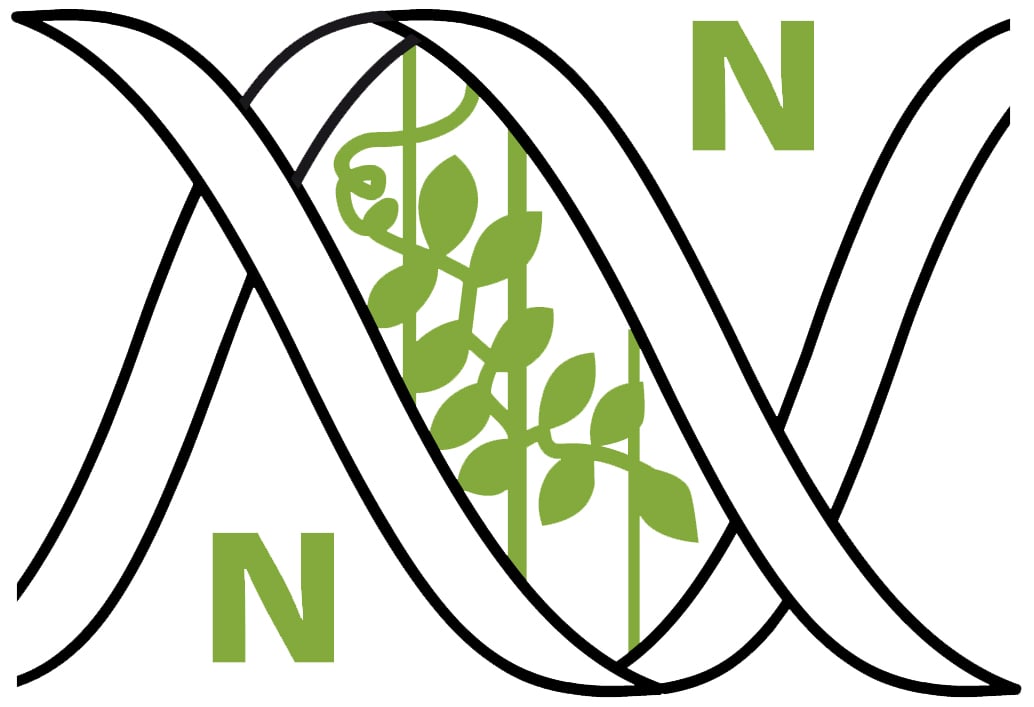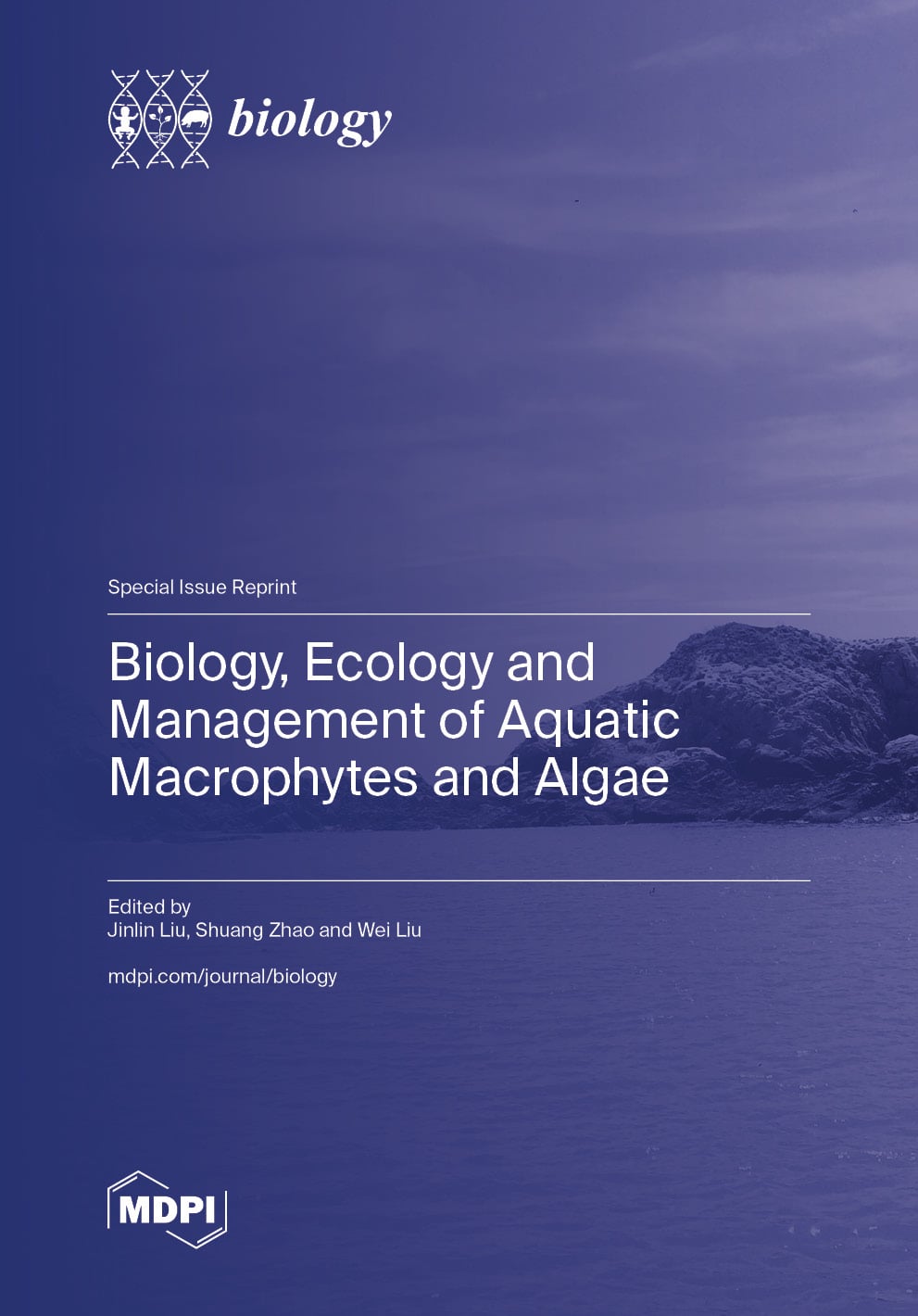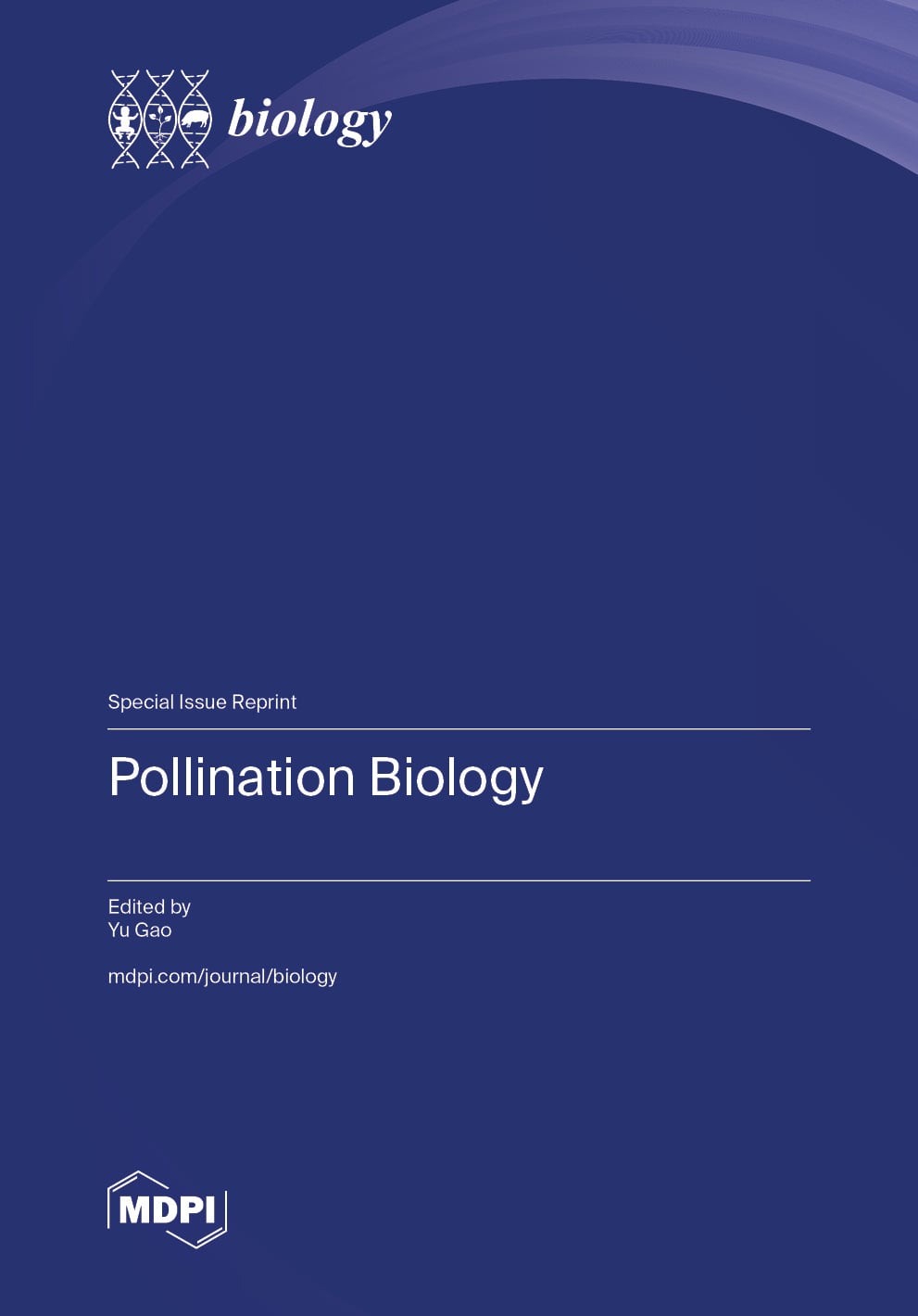- Article
Deciphering the Salt Tolerance Mechanisms of the Endophytic Plant Growth-Promoting Bacterium Pantoea sp. EEL5: Integration of Genomic, Transcriptomic, and Biochemical Analyses
- Zonghao Yue,
- Mengyu Ni and
- Nan Wang
- + 7 authors
Soil salinization poses a significant threat to global agricultural productivity. Salt-tolerant plant growth-promoting bacteria (ST-PGPB) have shown great potential in enhancing crop resilience under saline stress, yet the molecular basis of their intrinsic tolerance remains incompletely understood. To address this, we employed an integrated genomic, transcriptomic, and biochemical approach to investigate the salt tolerance strategies of Pantoea sp. EEL5, an endophytic ST-PGPB isolated from Elytrigia elongata. The results demonstrated that EEL5 exhibited remarkable salt tolerance and efficiently removed Na+ via extracellular adsorption and intracellular accumulation. Genomic analysis identified key genes responsible for Na+ efflux, betaine synthesis and transport, and typical plant growth-promoting traits. Under salt stress, transcriptomic profiling revealed a marked upregulation of genes involved in Na+ extrusion, antioxidant enzymes, betaine biosynthesis and transport, arginine and proline catabolism, TCA cycle, and electron transport chain, concomitant with a downregulation of genes governing energy-intensive flagellar assembly and chemotaxis. These coordinated responses facilitated Na+ exclusion, enhanced antioxidant capacity, accumulated compatible solutes (betaine, glutamate, and GABA), increased energy production, and conserved energy via motility reduction, collectively conferring salt tolerance in EEL5. Our findings elucidate the multi-level salt adaptation mechanisms of EEL5 and provide a genetic foundation for a comprehensive understanding of ST-PGPB.
26 December 2025






